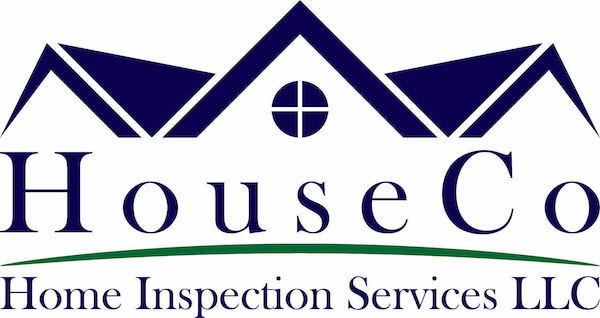Sewer Scope Camera Inspections
WHAT IS A SEWER SCOPE CAMERA INSPECTION?
A sewer scope inspection entails the utilization of a specialized camera to examine the lateral sewer line of a residence. This inspection focuses solely on the lateral sewer line, which carries wastewater from the house to the main sewer line or a septic tank. The camera sends real-time video footage to a monitor, allowing technicians to assess the condition of the pipes and identify blockages, leaks, or damage. It does not comprehensively examine all the plumbing within the home.
WHAT IS A SEWER SCOPE?
The process begins at the home and utilizes a long cable with a camera to navigate through the lateral sewer line, visually inspecting its condition. This inspection is crucial because once the sewer line is buried, it becomes challenging to identify any issues without using a scope camera.

Frequently Asked Questions
We use a special camera to scope the sewer line to visualize any blockages that are interfering with the plumbing system’s proper drainage. Finding and addressing such problems now can head off catastrophic and expensive repairs later.
Maintaining the lateral sewer line is the homeowner’s responsibility and, if applicable, the septic tank. Knowing the condition of the home’s main sewer lateral line before purchase could save a potential buyer a significant amount in repairs down the road.
Sewer lateral line defects can vary in nature and severity, but some of the most common issues that are often found using a sewer scope inspection include:
Root Growth: Tree roots can infiltrate sewer pipes through small cracks or joints. As they grow, they can block or damage the pipe, causing clogs and potential backups.
Pipe Cracks and Fractures: Cracks and fractures in sewer pipes can occur due to age, shifting soil, or external pressure. These defects can lead to leaks, infiltration of soil or groundwater, and pipe collapse.
Offset Joints: Misaligned or offset pipe joints can create areas where waste and debris can accumulate, leading to clogs and reduced flow capacity.
Bellied or Sagging Pipes: Over time, sections of sewer pipes can settle or sink into the ground, creating a low point or “belly” where waste can accumulate, leading to clogs and potential backups.
Corrosion: Corrosion can deteriorate the integrity of sewer pipes, particularly in older homes with metal pipes. This can result in leaks and structural weaknesses.
Blockages: Blockages caused by debris, grease buildup, or foreign objects can restrict or completely block the flow of wastewater in the sewer line.
Pipe Erosion: Erosion of the interior pipe surface can lead to rough, uneven surfaces that trap debris and contribute to clogs.
Collapsed Pipes: In extreme cases, sewer pipes can collapse due to external pressure, soil movement, or age. This can result in a complete blockage and require significant repairs or replacement.
Joint Seals Failure: The seals at pipe joints can degrade or fail over time, allowing water infiltration or root intrusion.
– Inspection of the lateral sewer line using a camera-led scope
– Pictures of any issues
– A report of the inspection results
– Professional recommendations for any necessary repairs or maintenance
It’s important to note that septic tank inspections are not offered as part of this service. However, for homes with septic tanks, the lateral sewer line inspection is conducted if the equipment can reach that far. The lateral sewer line, in this case, extends from the home to the septic tank.
** Pricing may vary based on location. An additional charge is added if the tech has to pull the toilet to access the sewer lateral line.
KY – Louisville, La Grange, Carrolton, Eminence, Bedford, Mt. Washington, Shelbyville, Taylorsville, Bardstown, and Shepherdsville.
IN – Jeffersonville, New Albany, Clarksville, Sellersburg, Floyds Knobs, and Charlestown.

